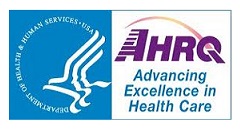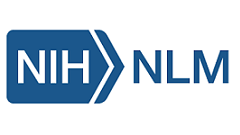Creating the FY16 BIDMC IS Strategic Plan
By John Halamka MD – I recently wrote about the process of setting FY16 Clinical Information System Priorities for the next year. That project is proceeding well and in parallel I’ve created my own contribution. I do not want to influence the stakeholder consensus at all, but members of the IS Governance committee asked for my opinion.
Read More







